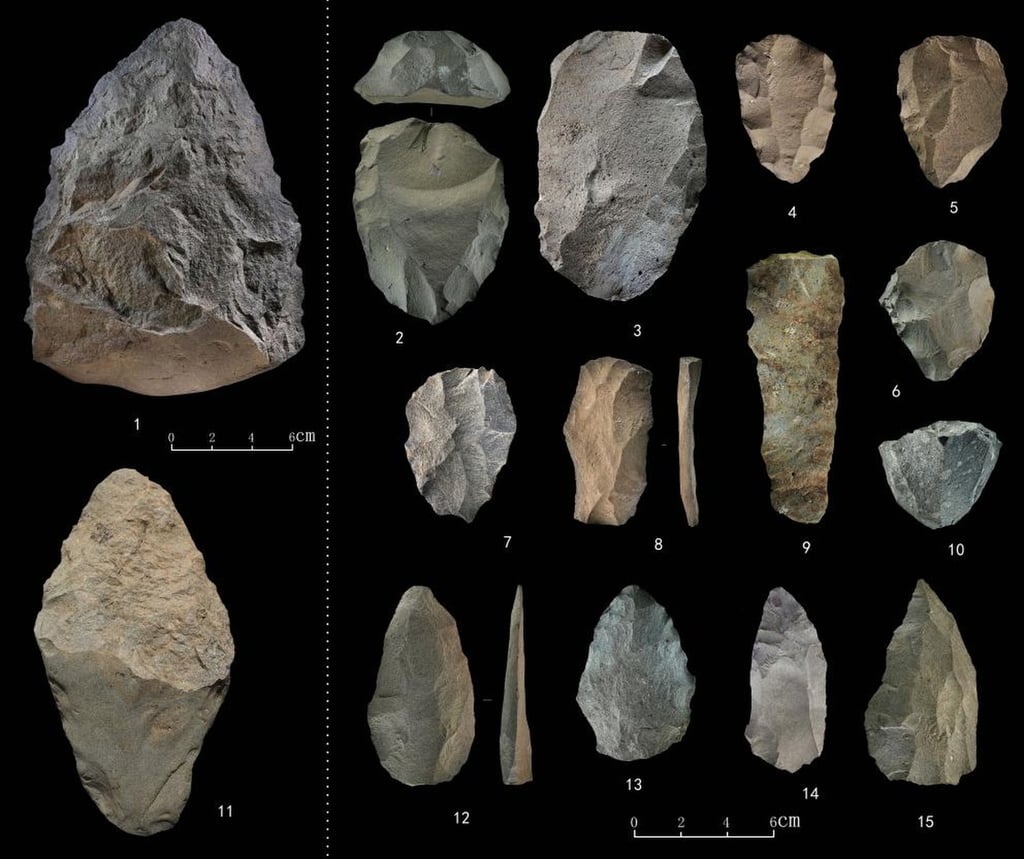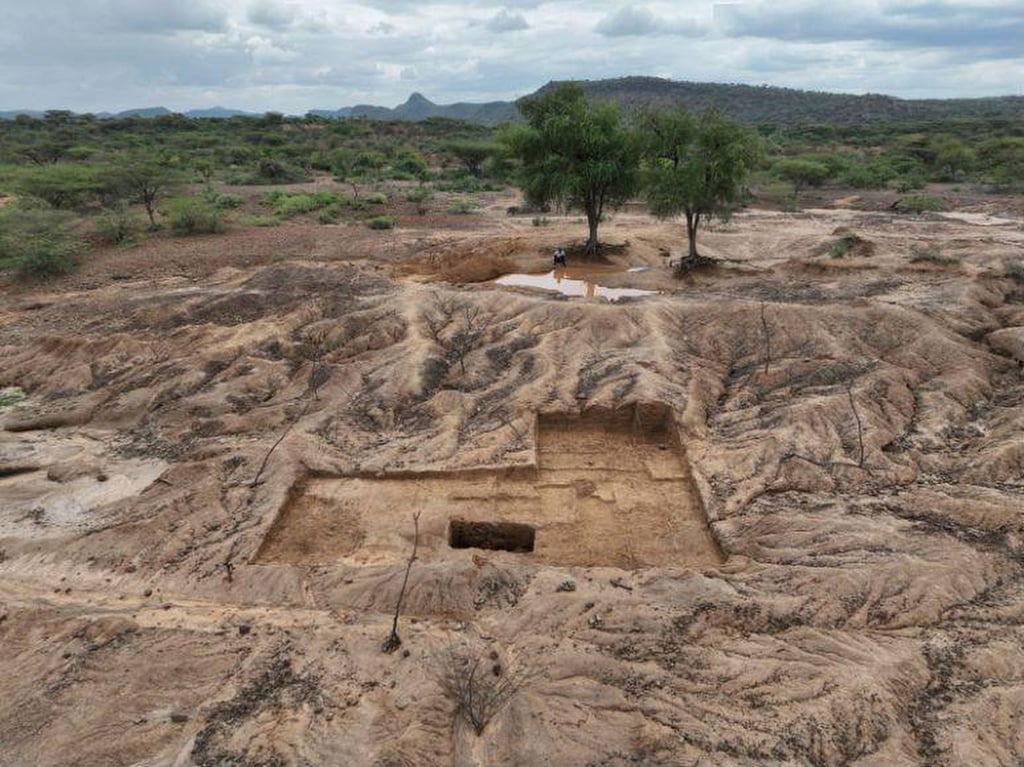Chinese and Kenyan researchers find Stone Age ‘production line’ for tools in Rift Valley
They said the tools had mainly been produced using the Levallois method, a distinctive technique for shaping and sharpening stone tools that was developed between 300,000 and 250,000 years ago.
The technique – named after the suburb of Paris where it was first identified – is known to have been used by hominids in Africa, Europe and West Asia and continued until around 40,000 years ago.
The technique provides much greater control over the size and shape of the final stone flake, which can then be employed as a scraper or knife.

“As a typical representative of stone tool technology in the Middle Palaeolithic, the method is a landmark invention in the history of human evolution,” said Zhao Qingpo, the Chinese site leader of the project and a researcher at the Henan institute.
The findings from the Lake Bogoria site in the heart of the Rift Valley were announced at a joint seminar in Zhengzhou, capital of Henan province, at the end of July.
The Chinese-funded dig involving archaeologists from both countries excavated two sites covering 87 square metres in the area last October and November.
The items they uncovered include pointed tools and stone flakes created using the Levallois technique, which Zhao likened to the “standardised industrial production line” of the period.
“The findings not only enrich our understanding of the level of technology in the Middle Palaeolithic, but also provide important clues for studying major scientific issues such as the origin and spread of Levallois technology and the origin of modern humans,” he added.
The find was the only foreign archaeological discovery made last year to be singled out for special recognition by the Chinese Academy of Social Sciences along with six domestic finds.
Kenya could hold the key to understanding the origins of our species and is where some of the earliest human fossils – as well as some of the oldest stone tools – have been uncovered.

In 2017, the Henan archaeology authority and the National Museums of Kenya signed a deal to undertake joint archaeological surveys, excavations and research into ancient humans and Palaeolithic artefacts in the Baringo region.
Although these efforts were interrupted during the Covid-19 pandemic, the international team has conducted four rounds of archaeological work there to date and identified 63 Palaeolithic sites.
In an article published in the official People’s Daily newspaper in mid-July, Zhao wrote: “These discoveries have enriched Kenya’s cultural heritage, deepened our understanding of early human life and behaviour patterns, and provided new clues for the study of modern human origins and migration.”